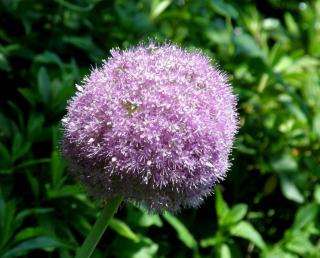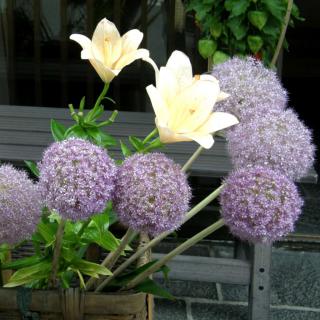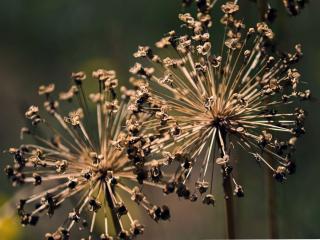

Graphic pom pom shapes with a variety of sizes and bearings, ornamental onion enlightens flower beds with their colored heads.
They’re not the first plants we usually think of when filling in a flower bed, pot arrangement or garden box, but decorative onion is as appealing as it is easy!

Their tall stem gives them an unusual graphical bearing that is perfectly suited to the most modern designer compositions, for instance in gravel gardens.
Their size also depends on the variety. The smallest ones are around 16 inches (40 cm) high, and are better if your garden is often wind-swept, but larger ones like Allium giganteum are true giants that send their bloom over 5 feet (1.5 meters) high!

You can also grow them in pots, which is a good option if your garden soil is too heavy. Settle them in a blend of ¾ soil mix and ¼ sand, with a thick drainage layer: like all bulbous plants, they hate sitting moisture.

Also, take note that these stupendous flowers are edible! Feel free to sprinkle the star-shaped flowers in your dishes and mixed salads!
→ Nice to know: these are great for dried flower bouquets, too
Laure Hamann